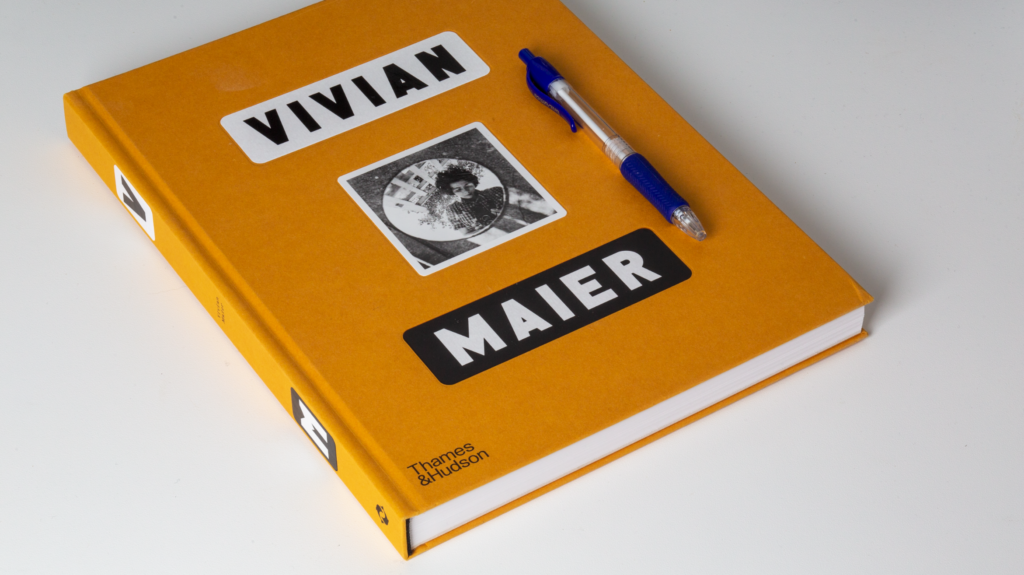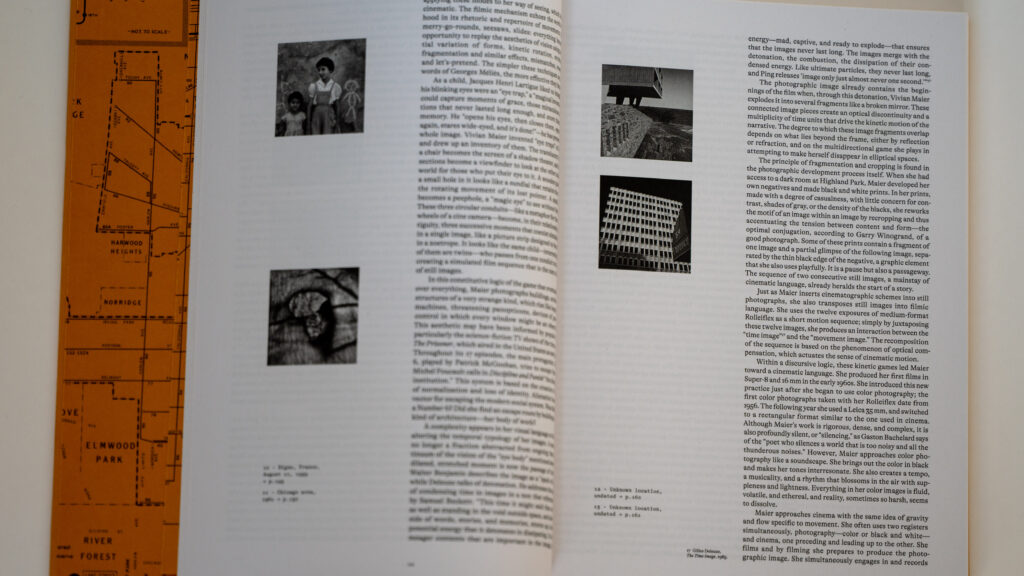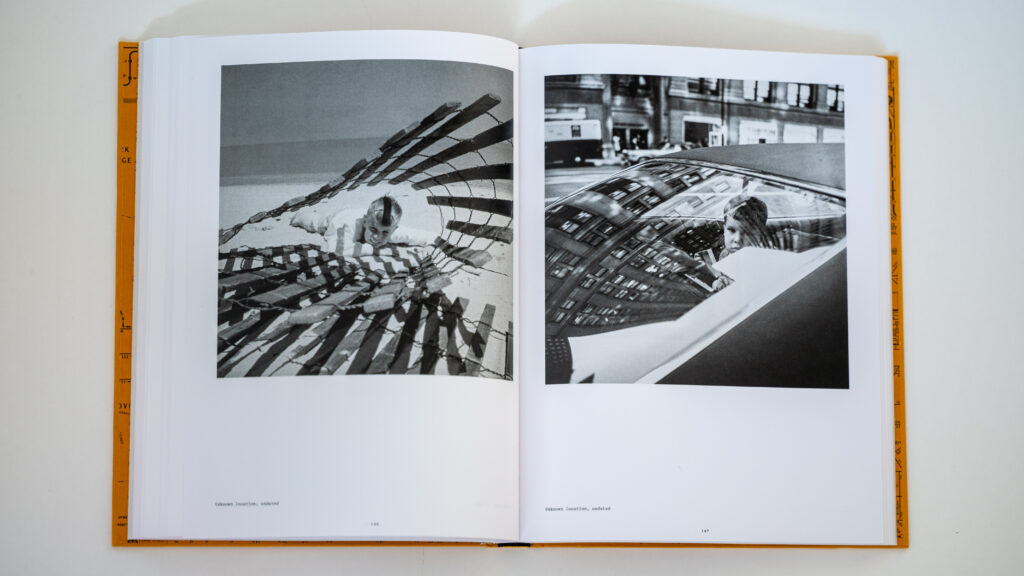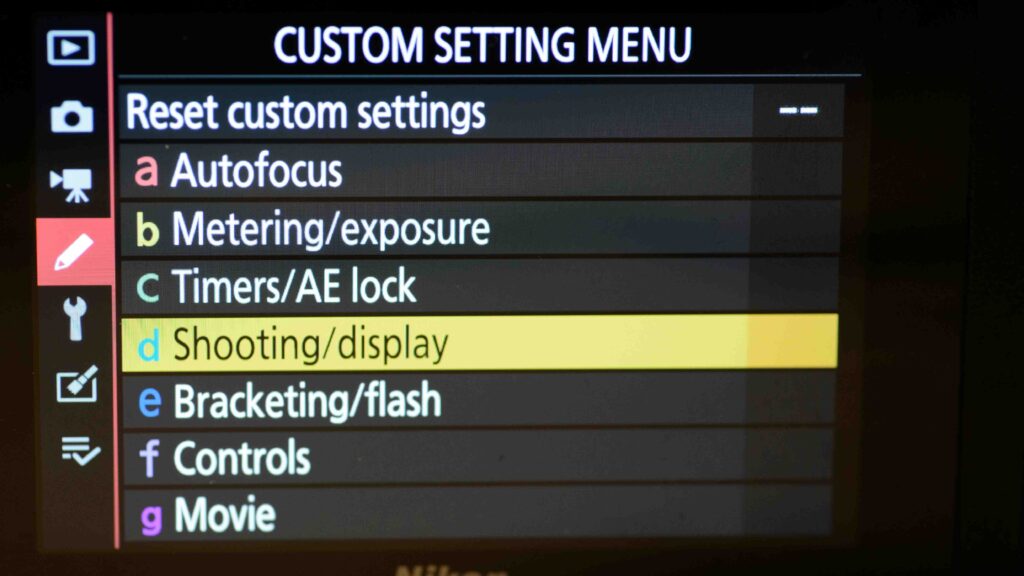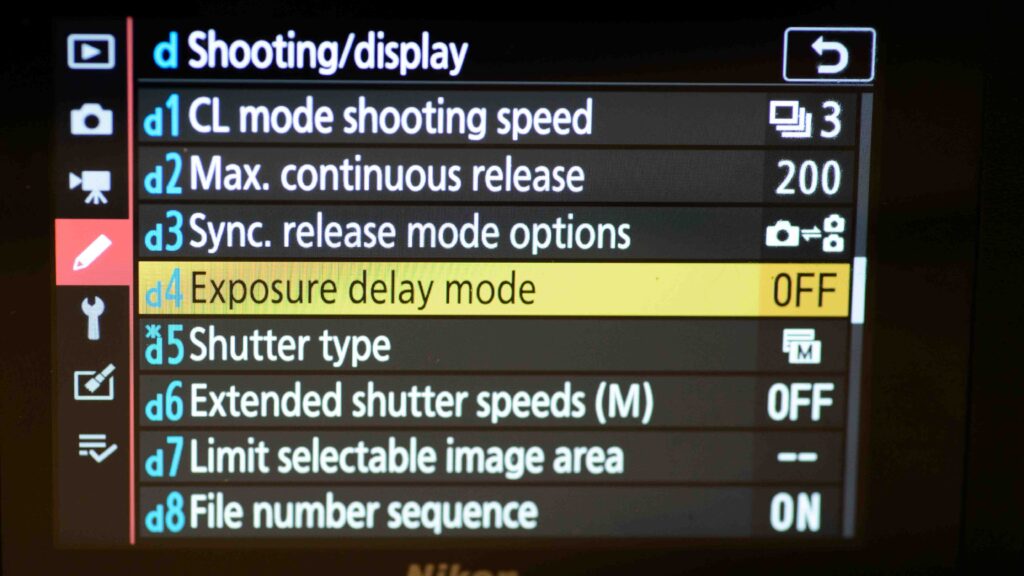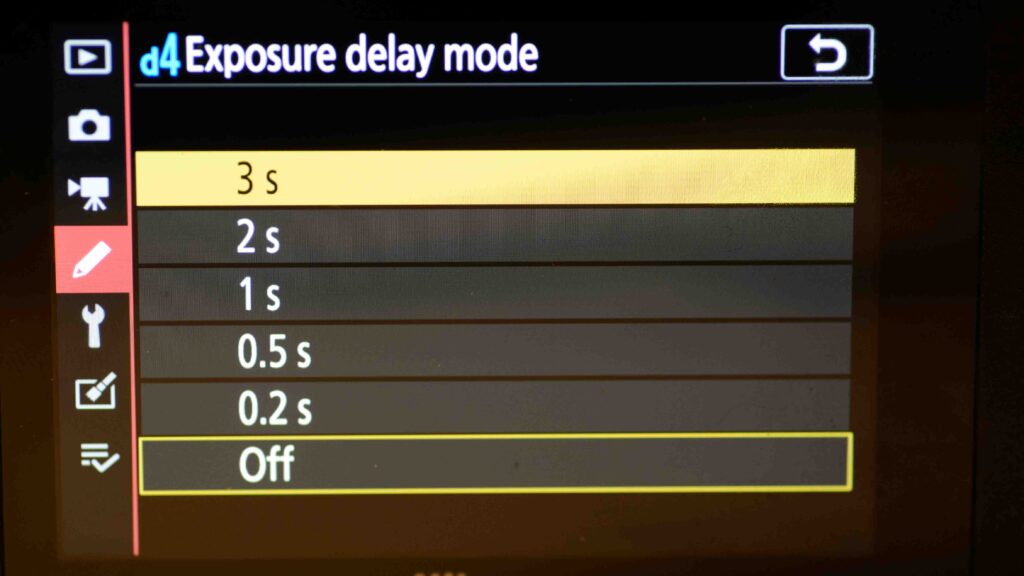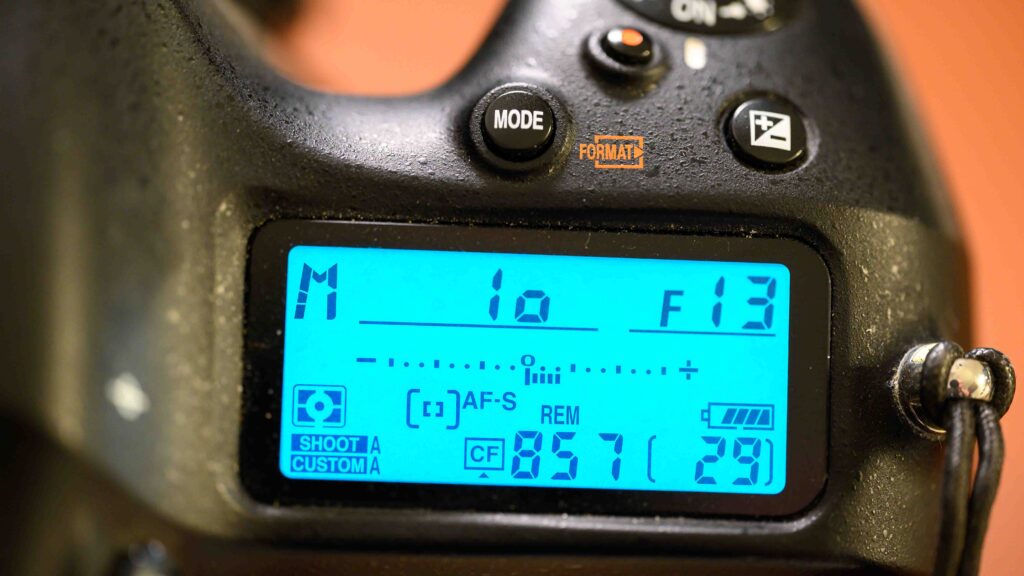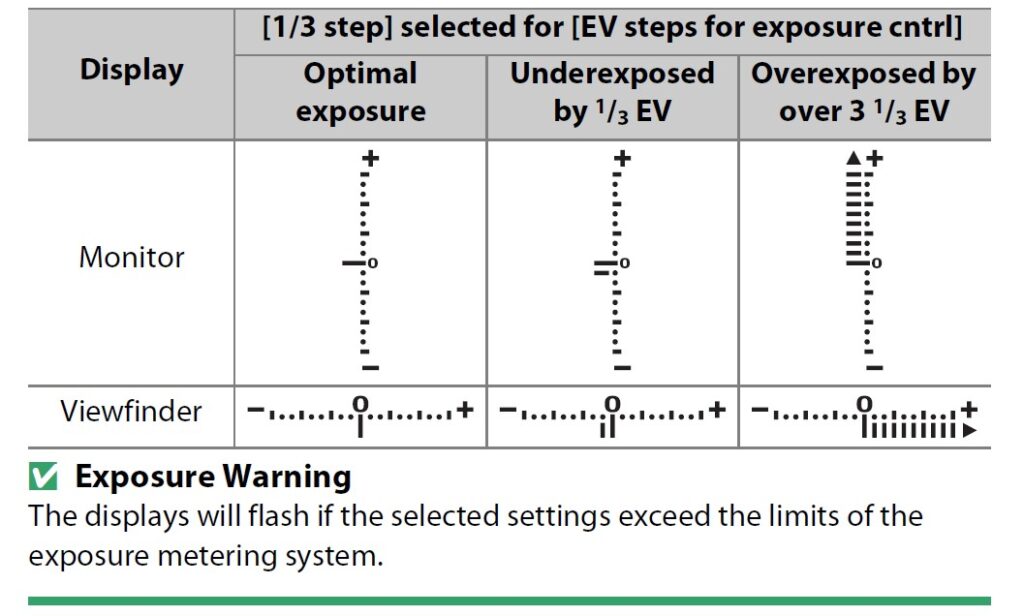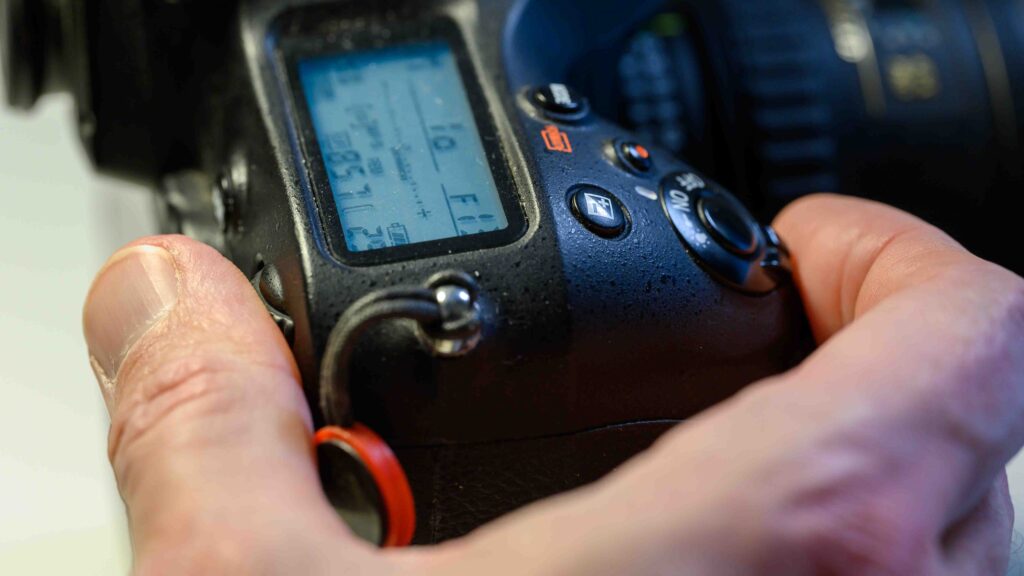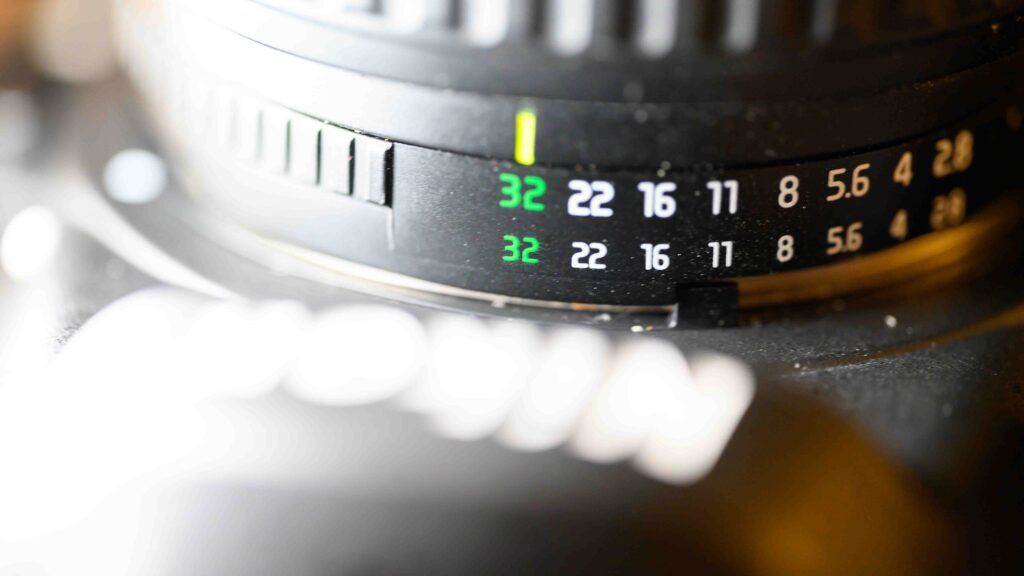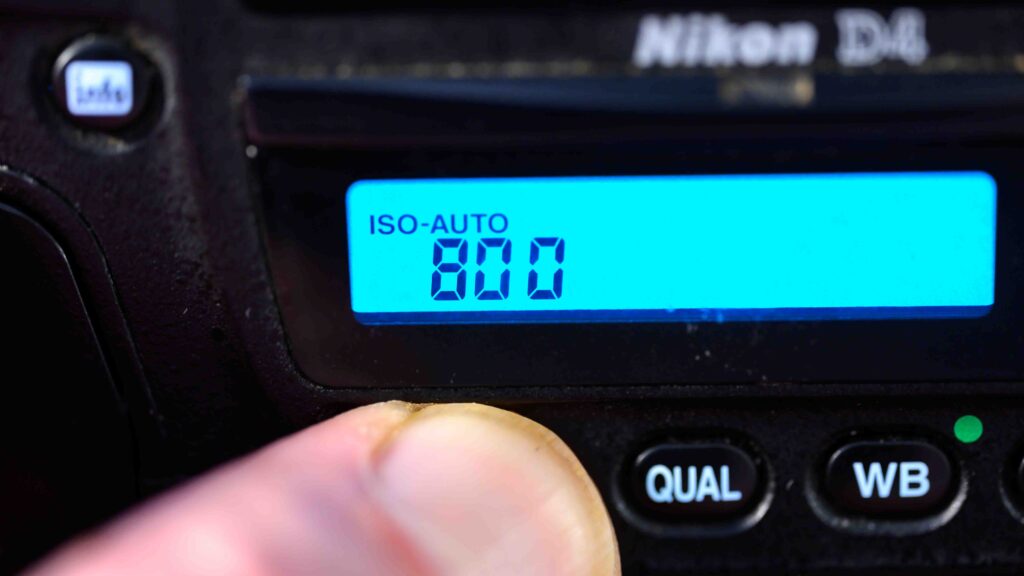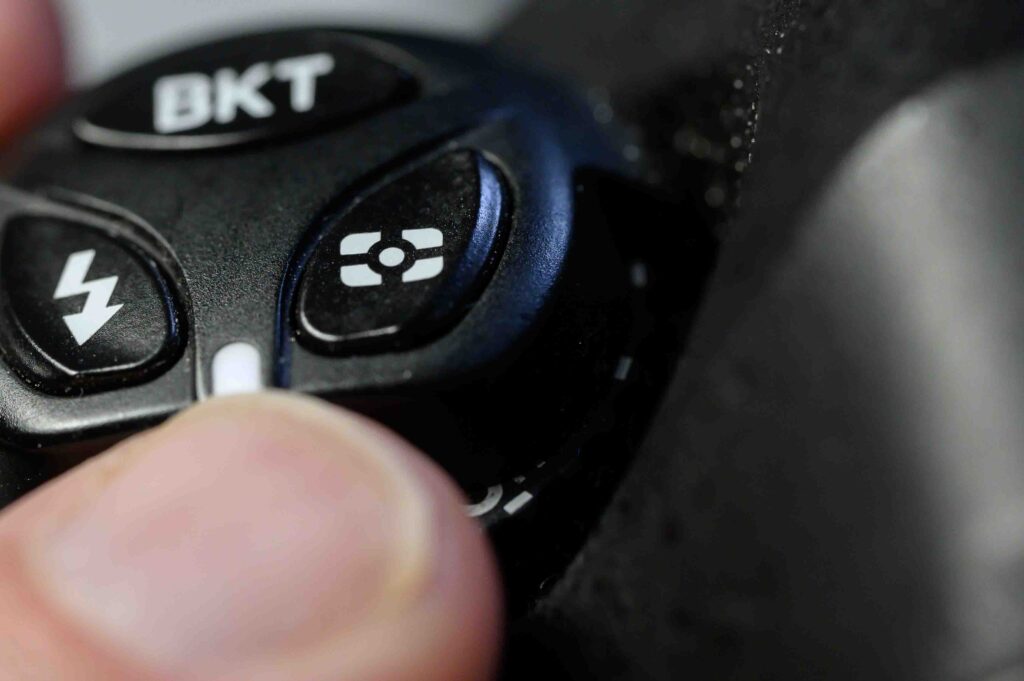In this book the authors Margit Erb and Michael Parillo have hand picked 76 images from Saul Leiters earlier work where he used slide film as the medium. The book presents the images on completely black pages, simulating that you sit in front of the projector and see Leiters work being cast onto the wall. It works really well, and IMO they have managed to capture the “feel” of slide film being projected to large scale format really well. The 160 pages book is a hardback and measures 22 cm across and 28 cm down.
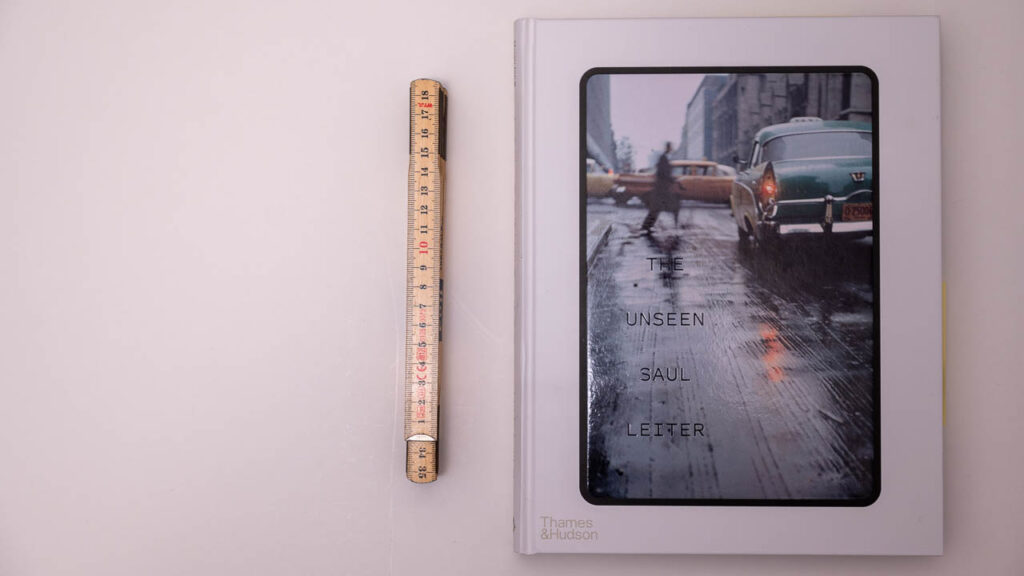
Extraordinary
When Michael Parello writes that “Leiter was a keen observer as life unfolded before him, somehow finding a way to reliably pluck a sublime split-second out of a mundane moment”, it really resonated with me and how I see Leiters images. Leiter was truly able to make something extraordinary out of the ordinary. A talent that many of us that dream of travelling to the other side of the globe to capture something extraordinary (like a mountain or an iceberg) could benefit from being reminded of on a regular basis.
Further into the book Michael quotes Robert Benton for describing Leiters images: “[They] were like paintings in which the subject matter did not dominate the photograph but was only one element among swaths of color, abstract shapes and daring composition”. Again, this very precisely pinpoints another dimension to Leiters images that makes them stand out: the subject is not dominating, but serves (almost) as a prop in a bigger composition as one of many elements.
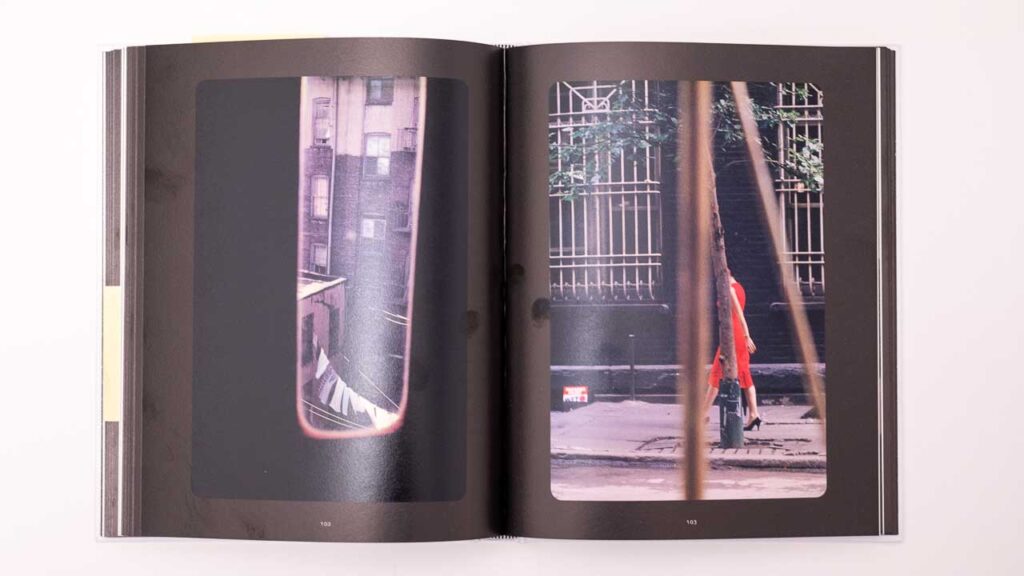
These quotes very well describe why I find Leiters work so extraordinary, and to this I will add that his use of out of focus elements sprinkles a bit of mystery to the scene. You may think that out of focus is harder than in focus, but actually getting the right amount of out of focus is the key here – so that the subject is still visible and recognisable, but hiding the finer details and only leave a shadow or an outline. His use of misted windows serves the same purpose.
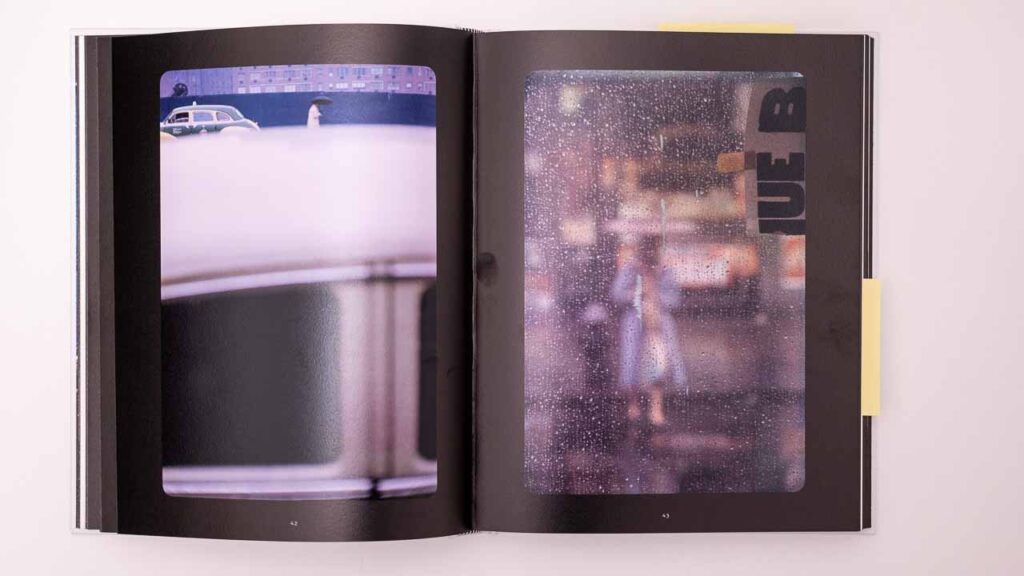
Finally, his use of framing is simply mind blowing. Especially if you have just read a book about composition and all the classic compositional rules. Leiter breaks them all, and did so long before the text books were written! In some images the subject is only revealed as a small beam of light between solid objects completely dominating the frame. Or he shows 6 people in a frame where the heads of 4 of them are hidden. It makes me want to study the images even more!
Conclusion
If you like the work of Saul Leiter, I think you will enjoy this book. The hard back is solid quality and the images present themselves really well on the black pages. And each image has got the space and room it needs to work the best.
The book gives a little text about how the images have been collected and indexed, but the main focus of the book is to present Saul Leiters work. If you are after getting to know Saul Leiter better, then this may not be the book for you, but if you enjoy his work and want to see it as first hand as a book can offer, then this book comes highly recommended. But be warned that I am a Saul Leiter fan and my objectivity relative to reviewing this book is highly questionable.
Further reading
Review: Saul Leiter In My Room, Edited by Margit Erb and Robert Benton
Review: All about Saul Leiter, collected by Margit Erb
Shopping link
Affiliate link to the book on Amazon.

